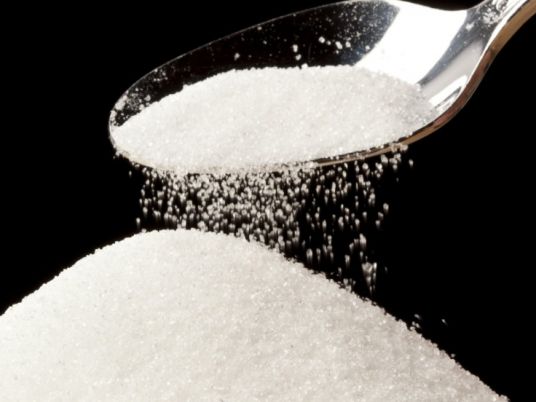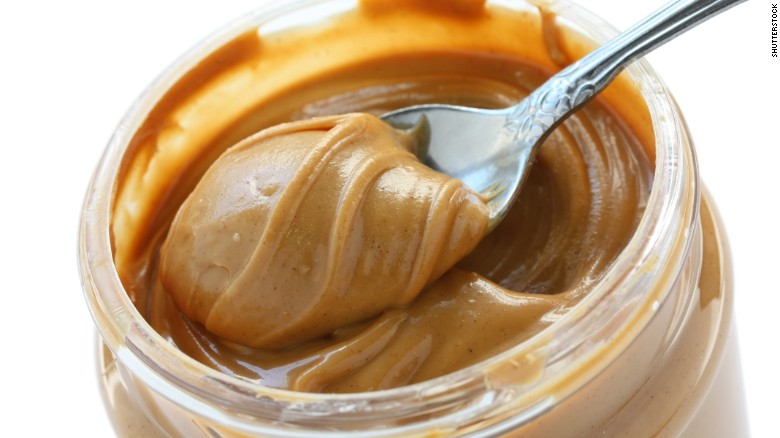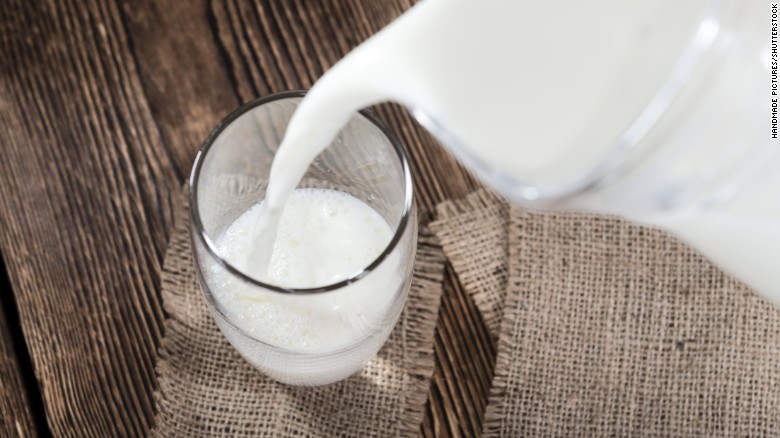
Many experts tout sugar as public health enemy number one. Considering eating too much of it can lead to obesity, heart disease and diabetes, the title does make sense. Also because most people overconsume it.
The American Heart Association recommends that women eat no more than six teaspoons of added sugara day and men no more than nine. "Added" means any sweetness that doesn't occur naturally in food and includes ingredients like high fructose corn syrup and honey.
Sadly, the typical American tends to throw back a whopping 20 teaspoons a day.
The good news: You do need sugar, especially if you're active and particularly from whole foods, like fruit and oats. (Yes, even oats contain some sweetness.)
"Sugars are an important energy source for athletes because in their simplest form, they are carbohydrates — the body and brain's main fuel source," says Kim Larson, RDN, CSSD, a sports dietician and media spokesperson for the Academy of Nutrition and Dietetics.
Hitting the gym twice a week doesn't exactly give you permission to devour every dessert you see though. You still need to be careful about how much you eat. Also, keep in mind you probably don't burn off as much as you think, Larson adds.
"A lot of sugar just isn't necessary and only adds unwanted, excess calories," she explains. Plus, you get your sugar from the wrong source, it could actually zap your energy and leave you running on empty.
Here's how to use your sugars wisely.
The Different Types of Sugar — Decoded
When it comes to how your body processes sugar, not all forms are created equal. Here's what we mean:
Glucose
This simple sugar is found in many kinds of foods, including carbs like pasta and bread, as well as fruits. It's also the sugar your body burns most efficiently, says Larson. "Because glucose is the simplest form of sugar — a monosaccharide — it is the primary type that cells use," she explains. It goes directly to your bloodstream (rather than being metabolized in another organ), so it's the best option for a pre-workout pump-up. Opt for whole grain crackers or toast with a smear of nut butter to get your fix.

A nut butter on toast is a good source of the simple sugar glucose.
Fructose
Another monosaccharide, you'll find fructose in fruit, fruit juice, honey and vegetables. It differs from glucose in that the liver breaks it down before it moves through your blood and then to your muscles. Another drawback: Free radicals and triglycerides (a type of fat), form as by-products as your liver processes fructose.
So getting an excess amount can directly contribute to weight gain. To avoid this, try to stick to two cups of fruit a day, limit juice and don't overdo it on the honey toppings. A small banana or handful of raisins can go a long way pre-cardio sesh.
Sucrose
Also known as table sugar, this dissacharide is derived from plants like sugarcane (labels may read dried cane syrup). It's also what you'll get from brownies or cookies (though we're not condoning munching on those before an intense gym visit).
Sucrose breaks down into equal parts glucose and fructose in the small intestine, where these simple sugars are eventually absorbed through the intestinal wall. It then gets into the bloodstream, where a protein takes the glucose to muscle cells to use for energy or store for later use.
Maltose
Found in molasses, this sugar consists of two-parts glucose. It doesn't occur naturally in many foods, but manufacturers use it to produce beer. (Chugging a cold one pre-workout, not recommended.) Also a dissacharide, it takes some time for the glucose to get to the muscles because it first needs to go through the small intestine.
Lactose
You probably know this one from its presence in milk and dairy products. It's also broken down in your small intestine, where it's converted into the monosaccharides, glucose and galactose. After that, it travels to the bloodstream to power up your muscles. Some people do have trouble digesting this one, so skip it before spin class if you're prone to stomach issues.

While your body definitely processes glucose the fastest, over the course of a day it's important for athletes to get a mix of all of the above, Larson says.
"Each sugar uses a different metabolic pathway to provide energy to the muscles," she explains. "You can pump more sugar into the muscle if you are consuming two or three different types, as opposed to one. That's a distinct advantage that delays fatigue and increases training intensity and performance."
Science backs this up, too, showing that your body oxidizes glucose and fructose more quickly when you eat them together, rather than alone. Snacks that contain both: popcorn, apples and bananas.
Consider the Source
"No sugar is necessarily 'bad' before a workout, but how it's packaged makes a difference in how the body absorbs it," says Larson.
"It's always best to get sugar from whole foods rather than from a candy bar." You'll get other nutrients (vitamins and minerals, for instance) from options like fruit.
Even more vital, the fiber in whole foods, like a banana with almond butter or carrots with hummus, slows down the absorption of sugar, Larson explains. That means you get longer-lasting energy, instead of that quick rise and fall refined sugars provide.
Also, make your pre-workout snack low-glycemic (aka one that allows sugar to slowly seep into your bloodstream) and could help you perform significantly better than a high-glycemic snack, according to a study in the Journal of Science and Medicine in Sports. So choose an apple and peanut butter over gummies or graham crackers.
Again, while gobbling some Skittles or chocolate may seem tempting and even hype you up initially, you'll drag soon after. "A candy bar just dumps all of the sugar quickly into the blood stream," she says. "After eating, blood sugar may fall even further, making you feel lousy and potentially causing headaches and fatigue." Not fun when
you're trying to eek out extra reps or another mile.
Time Your Pre-Workout Sugars Right
"The intensity and duration of the exercise is important to consider," Larson says. If you work out for more than 90 minutes, sip on a sports drink ahead of time to hydrate your body and spare glycogen stores, muscles' main source of energy.
If you work out for less than an hour and a half, but it's extra intense (HIIT workouts, FTW) or you sweat a lot (hello hot yoga), a sports drink can also help performance.
These beverages deliver electrolytes — primarily sodium and potassium — to your body to up hydration and help muscles work efficiently.
If you're exercising later in the day and have been eating a balanced diet, skip the pre-workout snacks. Feeling like you need a boost to really push yourself in the p.m.?
Yogurt and a piece of fruit about an hour before a workout will fuel you.
Find the Ideal Portion Size
Even if you plan to clock many miles [] or work your butt off in a Tabata-style class, it's important not to go overboard on sweet stuff. It's best to, instead, focus on overall carbs.
Before a vigorous workout, aim for about 30 to 60 grams of carbs. If you're hoofing it for 90 minutes or longer, take in another 30 to 60 grams each hour.
This gives your muscles a readily available source of energy and postpones fatigue, Larson says. "It'll increase your endurance and stamina, and can even enhance sprint performance," she adds. Good news for athletes who love their bread!




